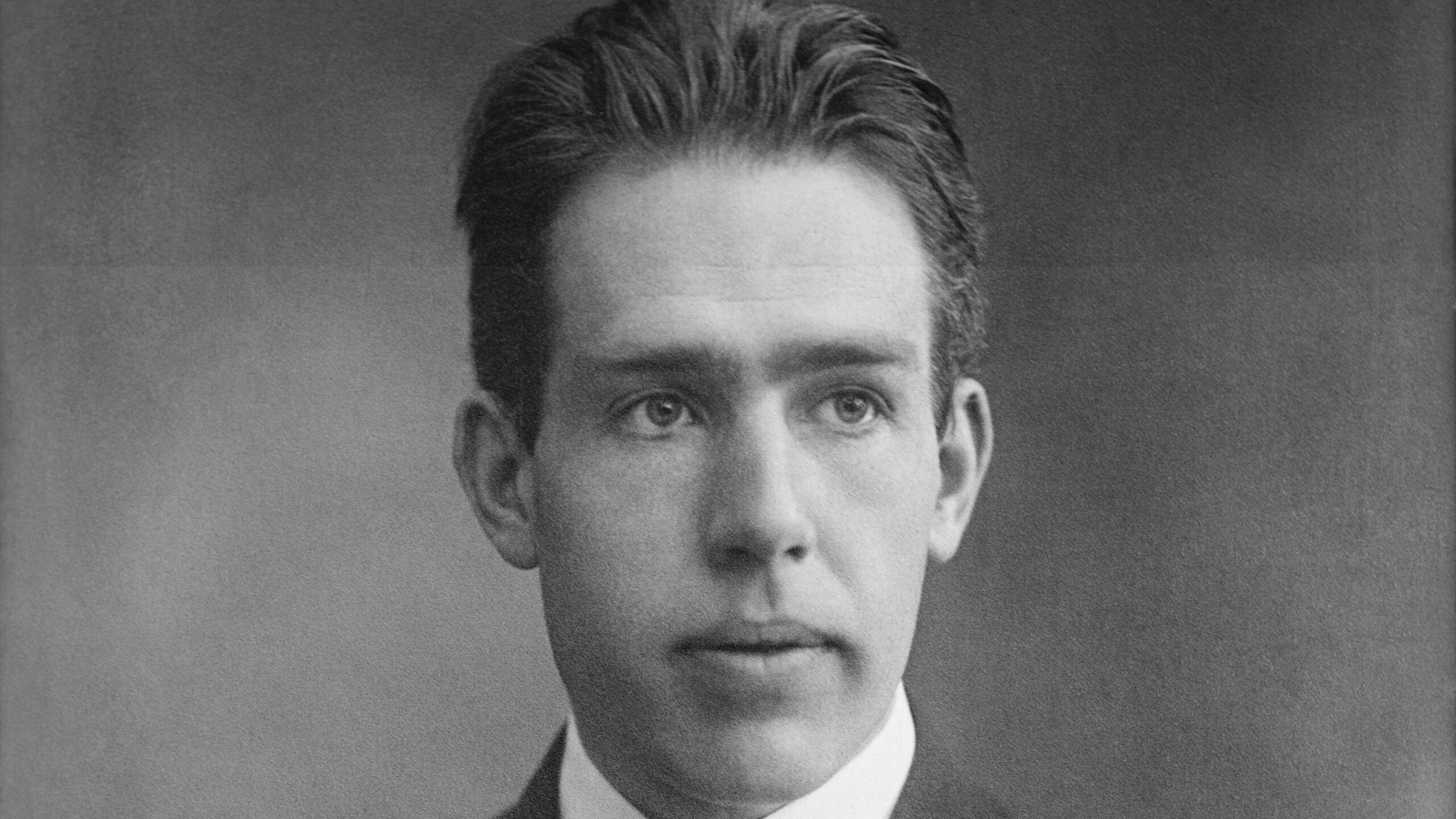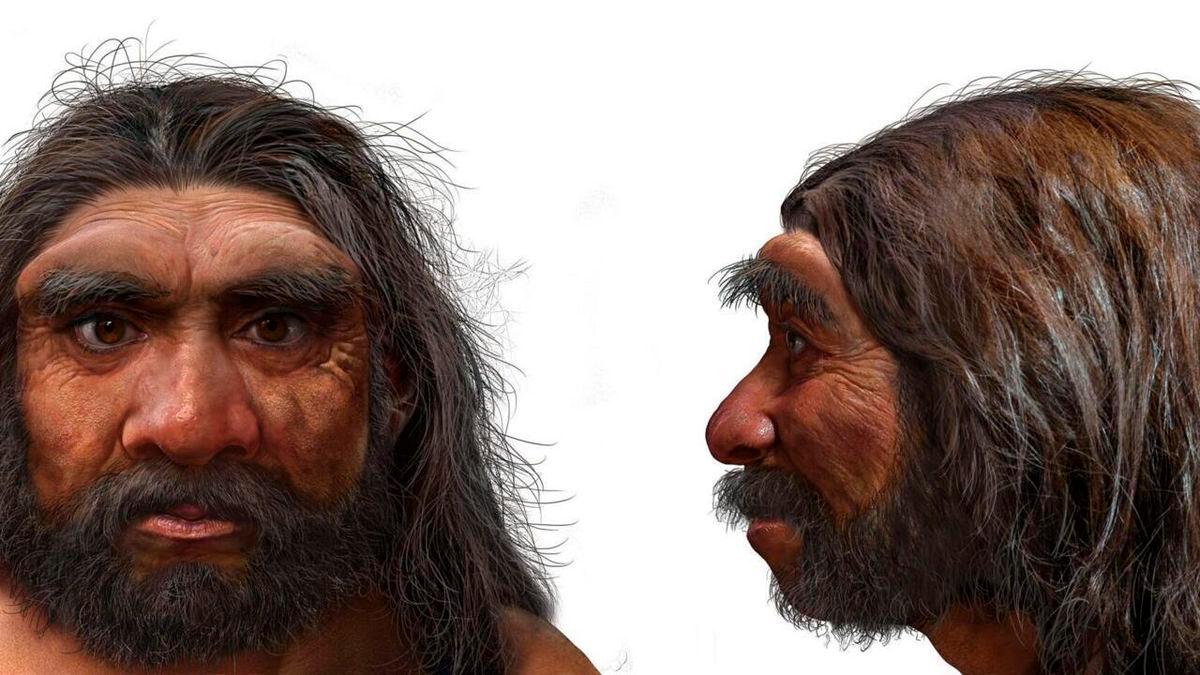Galileo Galilei, a key personality during the Scientific Revolution, is frequently recognized as the “progenitor of contemporary science.” Alive from 1564 to 1642, his contributions significantly altered our comprehension of the natural sphere, the universe, and the methodology of scientific investigation. His achievements extended across fields like physics, astronomy, mathematics, and engineering; however, these innovations also incited strong opposition from established authorities, resulting in his persecution by the Roman Catholic Church. To grasp both his findings and the causes of his troubles, it is crucial to explore the context, importance, and challenging consequences of his work.
Breakthrough Findings in Astronomy and Physics
Galileo is renowned for his groundbreaking work in the realms of astronomy and the application of the scientific method. One significant contribution was his enhancement and application of the telescope, a then-newly invented Dutch device. In 1609, he built one of the most advanced telescopes of his time, achieving magnifications close to 20×. This instrument allowed him to view the skies with unmatched precision, resulting in a series of remarkable discoveries:
1. The Moons of JupiterIn January 1610, Galileo identified four objects orbiting Jupiter—Io, Europa, Ganymede, and Callisto—now known as the Galilean moons. Observing these satellites provided concrete evidence that not every celestial body orbits the Earth. This directly challenged the geocentric models dominant in Europe, particularly the long-standing Ptolemaic system, which placed the Earth at the universe’s center.
2. Phases of VenusGalileo observed that Venus undergoes a full set of phases similar to the Moon. The Ptolemaic model could not account for these phases. Instead, they corroborated the heliocentric model proposed by Nicolaus Copernicus, which posited that planets, including Earth, orbit the Sun.
3. Surface of the Moon and Sunspots Contrary to the smooth and flawless surface that Aristotle and scholastic traditions claimed, Galileo observed that the Moon was characterized by mountains and craters. Additionally, he recorded sunspots—darker areas on the Sun’s exterior that evolved over time. These discoveries challenged the dominant belief in the unchanging and perfect nature of celestial bodies.
4. Countless Stars in the Milky WayWith his telescope, Galileo discovered that the Milky Way resolved into thousands of stars, vastly increasing the estimated scale and complexity of the cosmos.
5. Law of Falling Bodies and Projectile MotionIn physics, Galileo challenged the concepts of Aristotle by performing experiments (supposedly at the Leaning Tower of Pisa) demonstrating that objects descend at the same speed irrespective of their mass, ignoring air resistance. He additionally explained the principle of inertia and improved the comprehension of projectile motion, paving the way for Newtonian physics.
The Disruptive Impact of Galileo’s Findings
Galileo’s discoveries did far more than challenge academic theories; they undermined a worldview deeply embedded in religious, philosophical, and cultural institutions. The Ptolemaic (Earth-centered) model was not simply a scientific framework—it was enmeshed with theological doctrines and medieval scholasticism, which drew heavily on Aristotle.
His insights, shared through widely-read publications like Siderius Nuncius (“Starry Messenger”) and Dialogue Concerning the Two Chief World Systems, stirred interest but also provoked debate. If endorsed, the heliocentric theory suggested that Earth was not at the center of the universe—a concept that contradicted biblical interpretations and traditional views on humanity’s role in creation.
Causes of Galileo’s Prosecution
Multiple intertwined elements contributed to the Roman Catholic Church’s persecution of Galileo.
1. Clash with Cosmological Views in ScriptureChurch leaders insisted that the Bible clearly endorsed a motionless Earth at the core of the universe. Galileo’s advocacy for heliocentrism seemed to challenge scriptures such as Joshua 10:13 (“the sun stopped”), resulting in charges of heresy. Opponents within the Church contended that scientific findings could not supersede scriptural realities.
2. The Counter-Reformation ClimateThe early seventeenth century marked the height of the Counter-Reformation, where the Roman Catholic Church was vigilant about preserving doctrinal unity in response to Protestant challenges. Copernican theories, and by extension Galileo’s advocacy, were viewed as potential threats to ecclesiastical authority and social order.
3. Personal and Institutional RivalriesGalileo was a persuasive, sometimes combative debater who humiliated academic and clerical opponents in public discussions. His publication Dialogue Concerning the Two Chief World Systems (1632) portrayed supporters of geocentrism as foolish, even attributing the simplest arguments to a character resembling Pope Urban VIII. This affront offended powerful figures who might otherwise have protected him.
4. Official Condemnation and RecantationIn 1616, the Church formally labelled heliocentrism “formally heretical.” Although Galileo initially promised not to advocate Copernican ideas, he continued his research and published works that implicitly supported them. The Inquisition summoned him in 1633, and under threat of torture, Galileo recanted his views and was sentenced to house arrest for the rest of his life. His works were banned, stifling scientific communication across Europe.
Galileo’s life became a turning point in the conflict between scientific inquiry and religious power. The verdict against him notably stifled the open debate about heliocentrism within Catholic Europe for many years. Nevertheless, his approach—which stressed direct observation, experimentation, and rational analysis—gained wide acceptance. Scientists who followed, such as Isaac Newton, heavily relied on Galileo’s contributions.
Heritage for contemporary science
Centuries later, the Church revisited the Galileo affair. In 1758, the ban on heliocentric works was lifted. Notable is the 1992 formal acknowledgment by Pope John Paul II that the Church had erred in its handling of Galileo’s case.
Galileo Galilei’s discoveries did more than advance knowledge; they illuminated the profound challenge inherent in questioning established paradigms. His persecution illustrates not simply a historical clash between science and religion, but the complexities that arise when revolutionary ideas confront entrenched authority and worldview. The echo of his struggles can be traced through modern debates over scientific thought and freedom of inquiry, highlighting the nuanced interplay between discovery, culture, and power.





